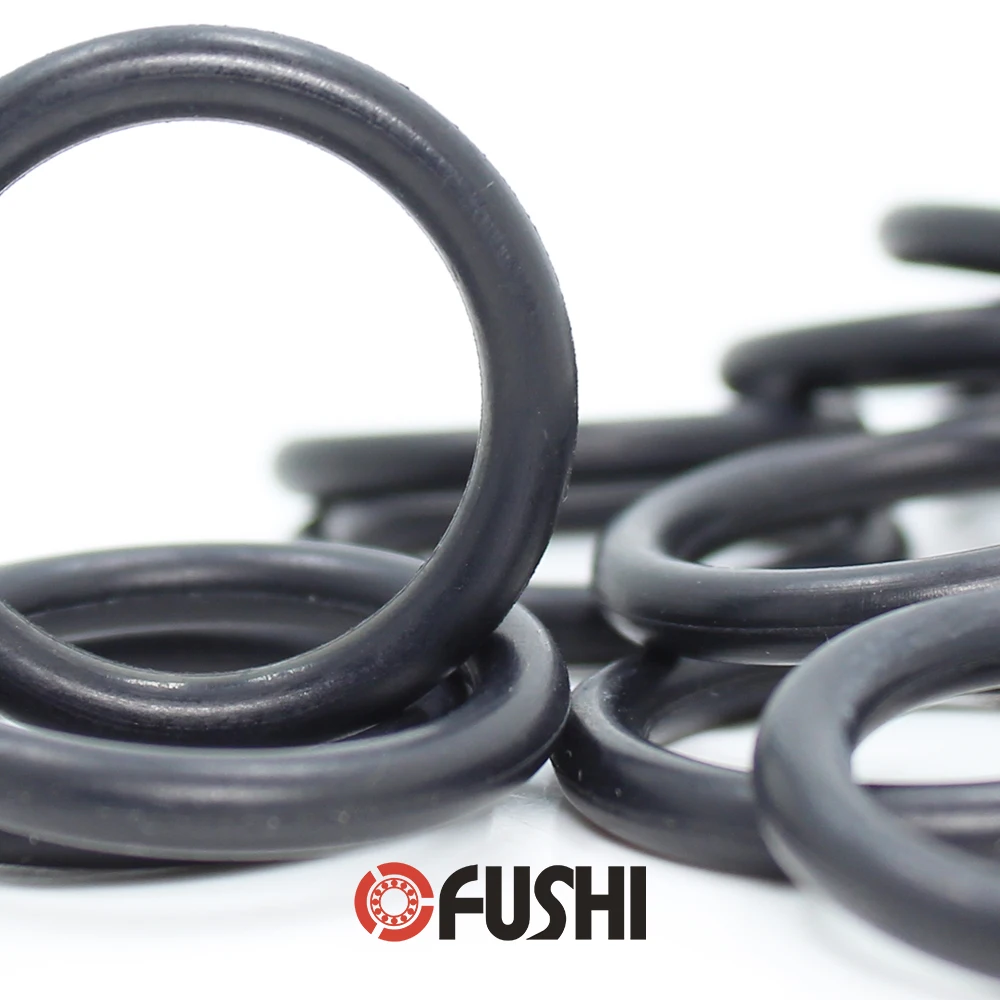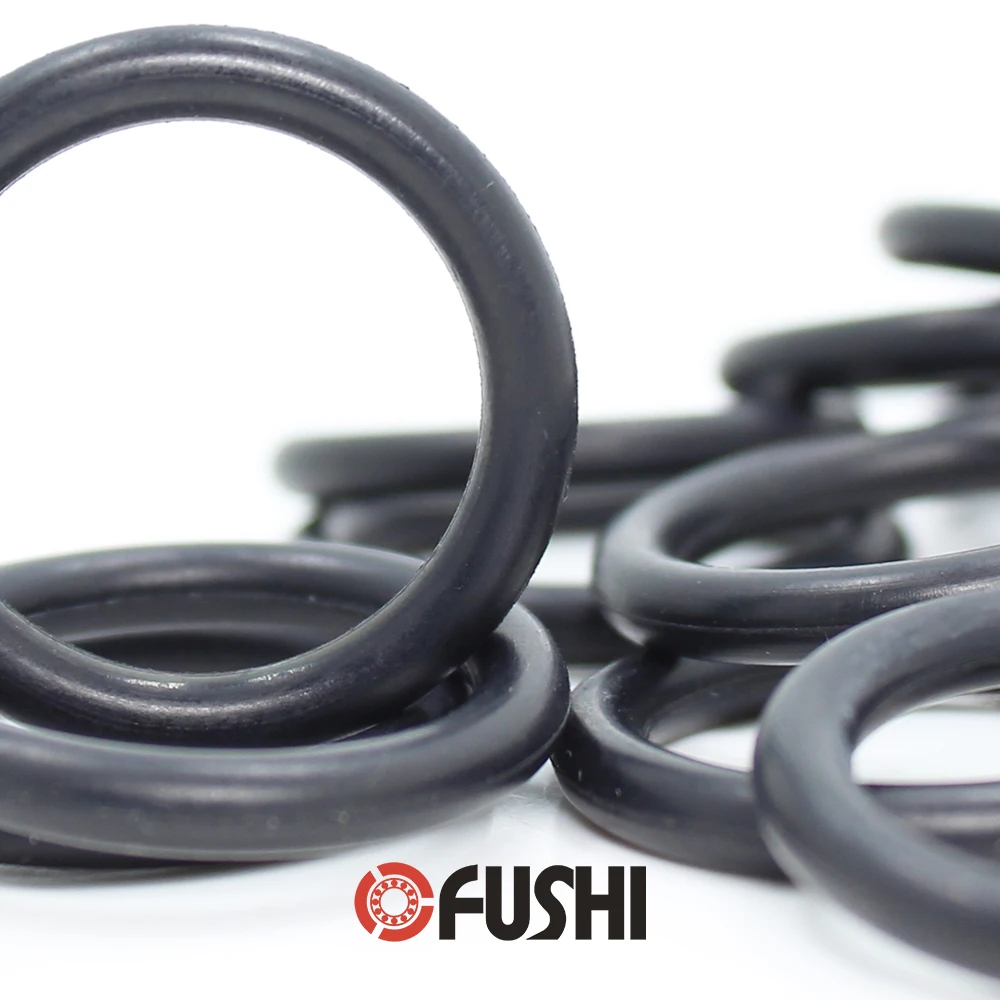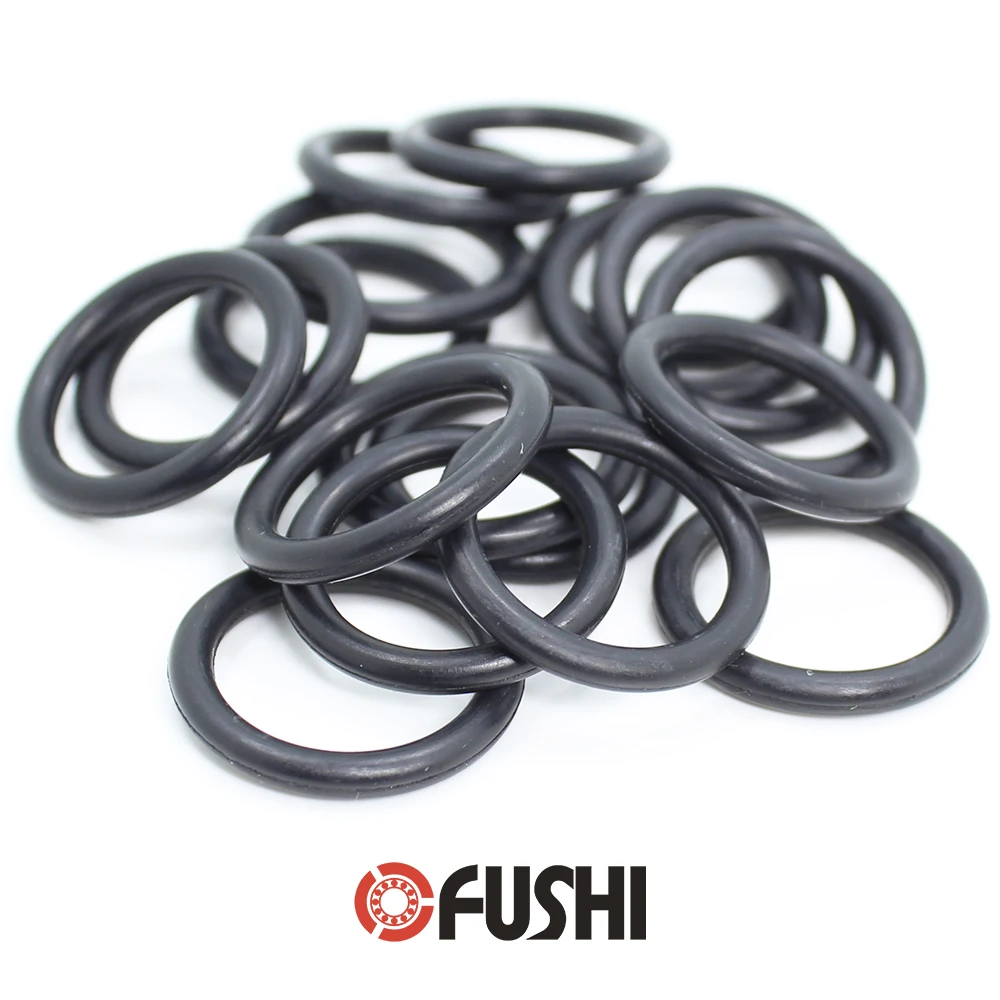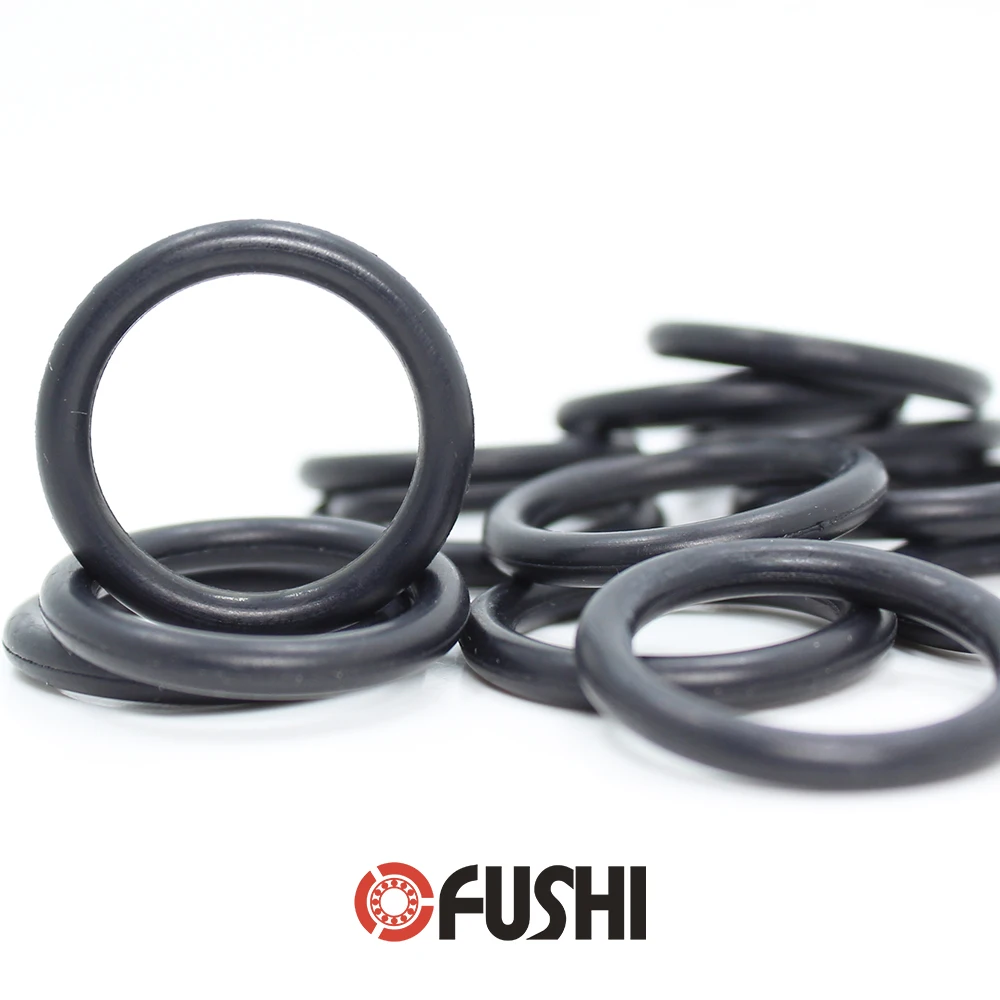











説明
O-ring Sealing Rules O-rings are bi-directional seals, round in form and cross part. O-rings are typically made of an elastomeric materials, howevercould also befabricated fromdifferentsuppliessimilar to PTFE or steel. An O-ring seals via the deformation of the seal materials by set up and media strain to shut off the hole between mating elements. Greater system pressures can trigger deformation via the hole, generally known as extrusion, leading to seal failure. Selecting a tougher seal materials or putting in back-up rings to help the O-ring could alleviate this downside. Methodology of operation O-Rings are double-acting sealingelements. The inital squeeze,which acts in aradialora xial pathrelying on the set up, offers the O-Ring its preliminary sealing functionality.These forces are superimposed by the system strain to create the whole sealing pressure which will increasebecause the systeme strainwill increase (Determine 2). Beneathstrain, the O-Ring behaves in asimilar solution to a fluid with excessivefloorstress. The strain is transmitted uniformly to all instructions. EPDM (Ethylene-Propylene-Diene Monomer O-Ring): EPDM O-ring in auto components, hygiene provides, medical tools, marine tools, petroleum tools, telecommunications tools, instrumentation, equipment and different industrial fields are broadly used. Use temperature vary: -50 to 150 °C Utility The O-Ring is used predominantly for static sealing purposes: - As aradial static seal, e.g. for bushings, covers, pipes, cylinders - As an axial static seal, e.g. for flanges, plates, caps. O-Rings in dynamic purposes are really helpfuljust foraverage service situations.They'rerestricted by the pace and the strainin opposition to which they're to seal: - Forlow obligation sealing of reciprocatingpistons, rods, plungers, and so forth. - For sealing of slowlypivoting,r otating or spiral actions on shafts, spindles,rotary transmission leadthroughs, and so forth.

レビュー
0 people rated this product
The Kooples
CS3.53mm EPDM O RING ID 94.84/98.02/101.19/104.37*3.53mm10PCSO-Ring Gasket Seal Exhaust Mount Rubber Insulator Grommet ORING

Free shipping & returns
 QWQER Express,
QWQER Express, USPS,
USPS, DHL
DHL
Shopping security
- Safe payment options
- Secure privacy
- Secure logistics
- Purchase protection












